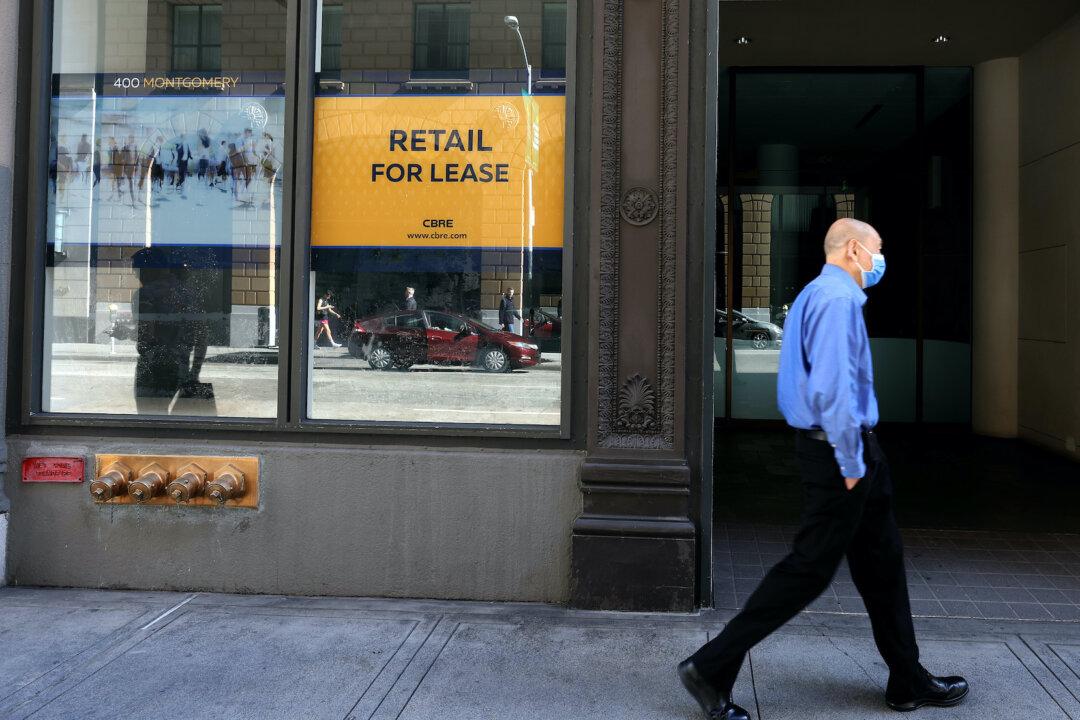Commercial real estate in the United States is facing uncertainty, with mixed signals from traditional economic bellwethers like housing and employment contributing to the lack of clarity, and lingering fears of recession leave the predictions open-ended, according to a recent forecast by the University of California–Los Angeles Anderson School of Business, which included estimates for no recession and mild recession.
The report was released in conjunction with a forum on June 7 focused on inflation, recession, and commercial real estate.





